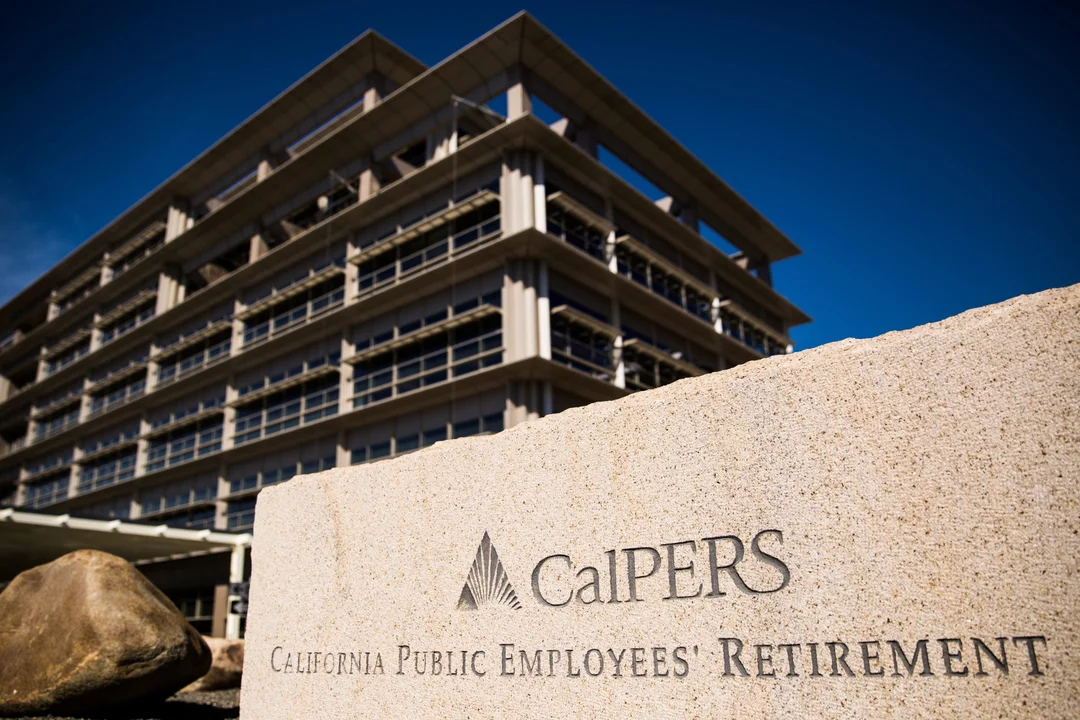
Tariffs, Turmoil, and Taxpayers: How America’s Pension Funds Are Weathering the Stock Market Storm
The financial pulse of America’s public workers beat squarely within their pension funds — and after the latest stock market plunge, those vital institutions are facing one of the greatest tests of their resilience in modern times. State pension giants in California and New York, collectively administering trillions of dollars and serving millions of public employees and retirees, have seen billions wiped from their portfolios. The root of this turmoil: an escalating trade war punctuated by sweeping tariffs from the Trump administration, shaking global markets and igniting deep uncertainty nationwide.

In California, Scott Chan, CIO of the California State Teachers’ Retirement System (CalSTRS), recently warned that looming trade actions would spark “unprecedented, world-changing” risks. His cautions were soon realized: after President Trump’s tariff announcement, CalPERS suffered an estimated $15 billion loss in just two days, with projections showing similar wounds at CalSTRS. Combined, these two funds manage over $800 billion — lifelines for retired teachers, police, and firefighters. Still, officials stressed benefits are secure; as Chief Investment Officer Stephen Gilmore of CalPERS stated, “the fund is well-positioned to weather unsettled times.”
But beneath assurances, there’s a deeper structural concern. Both California funds remain underfunded, with assets falling short of long-term obligations — a legacy of enhanced benefits handed out decades earlier. When investments falter, it’s not pensioners who fear a pay cut, but governments — and ultimately taxpayers — who must bridge the gap. “It’s something we’re all bracing for,” commented Dane Hutchings of the California Public Policy Group. Fiona Ma, State Treasurer, echoed the anxiety: “We’re going to see a lot of anxiety and disruption, and we’re seeing that in the markets.”
It’s a similar situation in New York, where the $273.4 billion state pension fund and the $148 billion teachers’ fund serve 1.7 million people. State Comptroller Thomas DiNapoli remains optimistic, assuring, “we have plenty of money to pay pension benefits… they should not be worried.” Yet as Bill Hammond of the Empire Center pointed out, “The ones with cause to worry are state and local taxpayers, who are effectively required to make up any shortfall.” The losses — part of a 20% market tumble spurred by tariff threats of up to 125% — are nationwide. Olivia S. Mitchell of the Wharton School calculated that the 25 largest public pensions across America lost nearly $250 billion since the start of the year.
History shows some hope: pension funds rebounded after the post-9/11 market crash, the Great Recession, and the COVID-19 collapse. But experts argue this time may be different. “It’s a self-inflicted wound created by the current administration’s tariff policy,” DiNapoli said, a view echoed by many fund watchers. Meanwhile, while California seeks bargains among oversold assets, New York is choosing caution, holding tight to see whether volatility abates. The uncertain trajectory of the economy — as forecasts veer toward potential recession — will determine whether public plans endure, or whether government contributions and taxpayer costs must rise further.
As the dust settles, one thing is clear: the stability of America’s retirement promises is entwined not only with market performance but with policy choices reaching far beyond the trading floor. Will these funds recover lost ground before the next fiscal reckoning? The answer could affect every public worker and taxpayer in the nation. Share your thoughts below: Should governments take greater risks for higher returns, or is steady caution the better path during turbulent times?